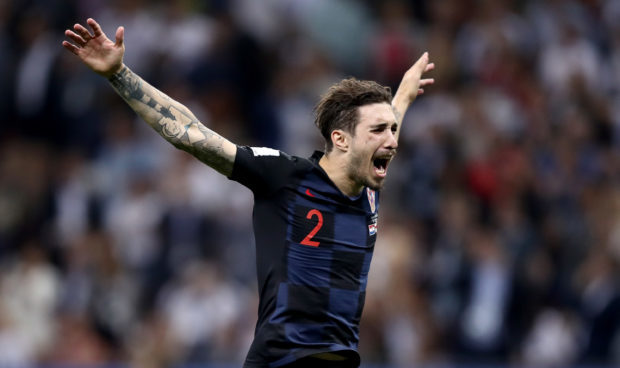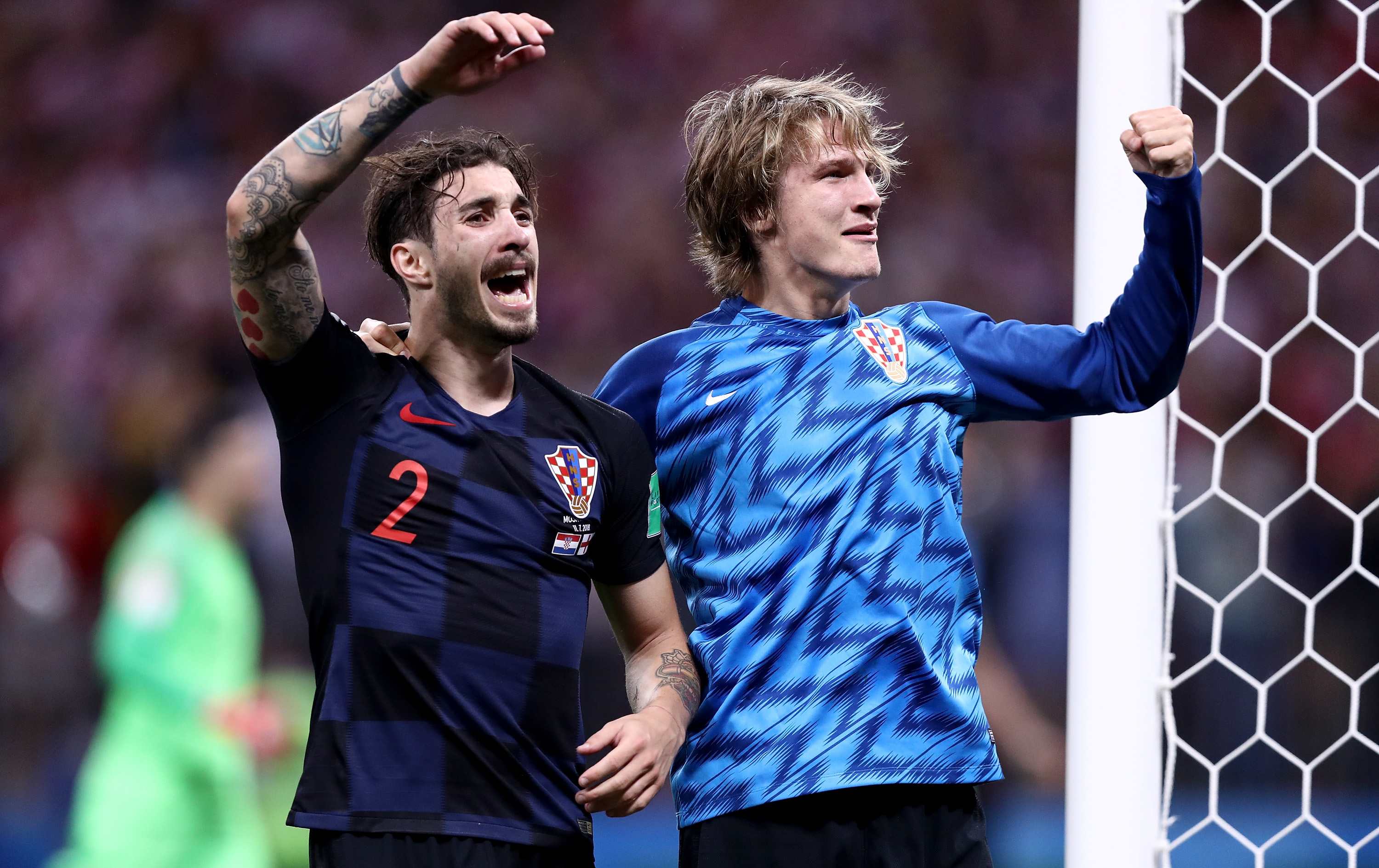Even as England’s World Cup dream died in Moscow on Wednesday, there were predictable responses from many Scots, who have grown fed up with the words: “It’s coming home.”
Schadenfreude reigned and he isn’t a European striker, by the way.
Yet there seemed to be less inclination to dwell on the fact that whereas Croatia, a country with just 4.3 million people, has advanced to its first-ever appearance in a global final on Sunday, Scotland, which has 5.3 million, didn’t even qualify for the tournament in the first place, despite its obsession with the sport.
Instead, the SFA is currently embroiled in ongoing discussions whether to relocate from Hampden Park to Murrayfield, following a 20-year period of failure to reach the big events: a sorry sequence stretching all the way back to 1998 and which will continue until at least 2020 and the next European Championships.
For many small countries, sporting success is at best sporadic. But, in this World Cup, the parameters seem to have changed. Sweden – with a population of under 10 million – challenged all the way to the quarter-finals. Belgium – with 11.3 million – pushed France all the way in their semi-final clash. The globe is shrinking in the beautiful game.
Craig Brown speaks with more authority on this subject than almost anybody else in his homeland. As the coach who guided Scotland to five major competitions – including three World Cups – he has closely examined the fashion in which other parts of Europe have adapted to the demands of modern football.
And he recognises the days have long gone when the SFA could cherrypick from thousands of youngsters prepared to play on ash and blaes pitches in howling gales and the worst of winter’s weather.
Hence his knowledge of why teams such as Croatia, fuelled by talents such as Luka Modric, have made such stunning progress in the same period the Scots have meandered down a cul de sac of vulnerability.
He said: “When the old Soviet Union broke up, you had 15 countries emerge from that, as well as Russia, and all of them are very proud of their identity, so they pour money into sport and take it really seriously.
“I look at a country like Croatia which is progressing at every age-group level. Sometimes, nations produce just one special group of players and that is it. But what has happened in Croatia is no accident at all.
“People went on about Iceland doing well at the 2016 European Championships [where they reached the semi-finals and beat England 2-1 on their way to that stage].
“But do you know they have seven full-sized indoor pitches with state of the art amenities. That is with a population of just 350,000.
“I also remember, when I was in charge of the national side, making a visit to Norway and finding that every village had a government-backed indoor sports arena.
“Alright, their climate is more severe than ours. But it explained why so many of their youngsters were actively involved in sport, whether it was football, hockey, basketball, cycling or whatever.”
There are people in Scotland who appreciate that the lack of proper facilities provides a major reason for the dwindling participation numbers in many pursuits and team sports in particular. In the absence of 21st century-class venues, it isn’t surprising that so many kids prefer their XBox to a penalty box.
Some advances have been made in recent years. The creation of the Aberdeen Sports Village and the development of the Aquatics Centre point to what could be achieved with enhanced levels of investment.
But, as one former Scotland Commonwealth Games competitor said yesterday: “We talk about wanting to help youngsters and give them the chance to chase their dreams. We even finance a lot of the elite performers.
“However, far too often, the athletes who do succeed manage it in spite of, not because of, the system.
“Look at Andy Murray. He left Britain and went to Spain to get better in tennis and he has won Grand Slams and Olympic titles. Now, his mum [Judy] wants to build a tennis centre in Scotland and she has hit a massive brick wall every step of the way. We just don’t seem to learn from what other countries are doing.”
It’s a familiar refrain. I once heard world champion runner, Liz McColgan, discussing this issue and arguing for genuine investment in sport as long ago as the mid-1990s. She added that it wasn’t enough to rely on Lottery funding: in her view, international success could not be achieved with cash alone.
As the World Cup reaches its climax this weekend, precious little has changed in Scotland. Or, as Craig Brown said: “You can no longer rely on kids wanting to turn up in the pouring rain for football practice.
“They have other things to do and other places to go.”
And no amount of gibes at Gareth Southgate’s expense will draw a waistcoat over that reality.

